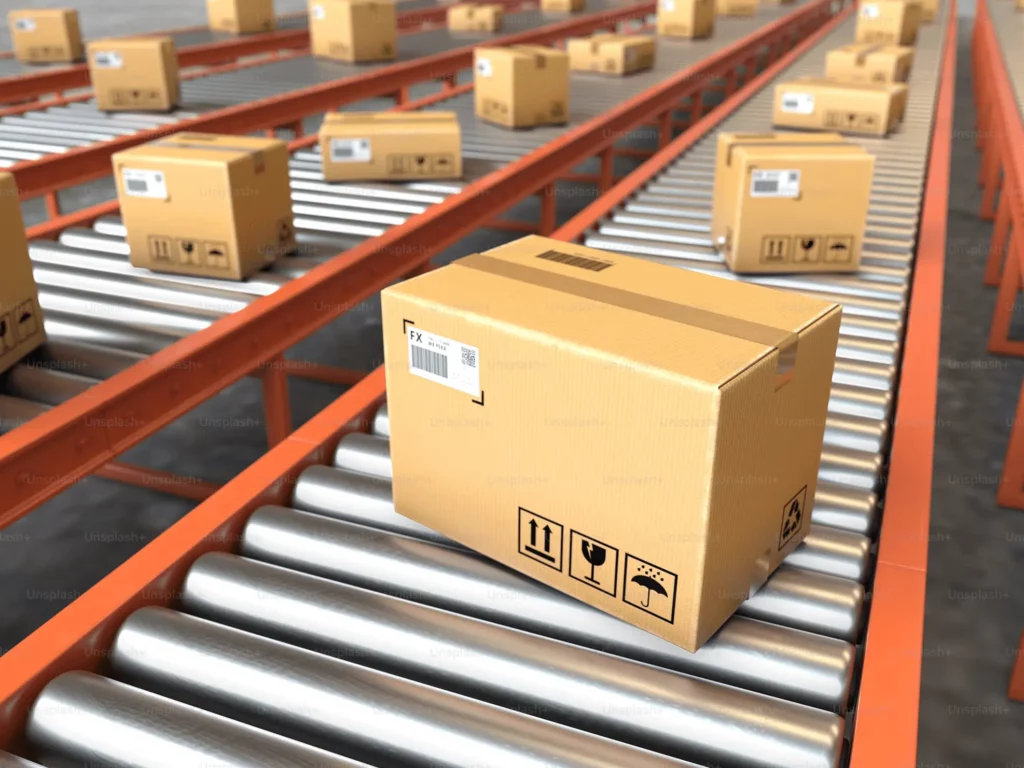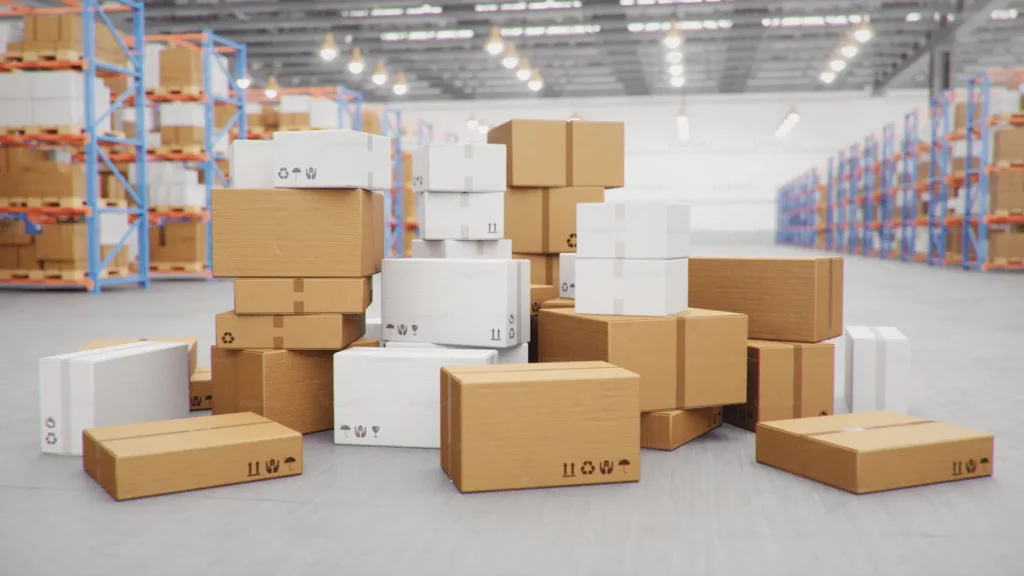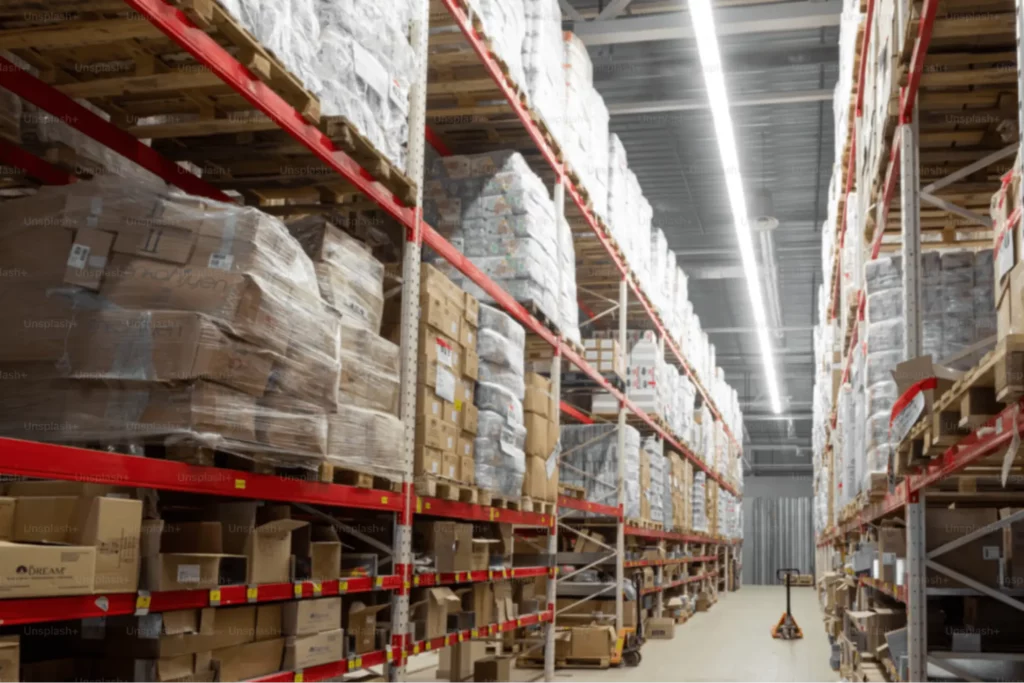Supply Chain Automation
Table of Content
Supply chain automation enables companies to enhance operations by providing seamless workflows, modern applications, and real-time reporting. Today, most organizations operate with a patchwork of systems, leading to inefficiencies and a lack of visibility when it comes to bottlenecks, which in turn increases the cost and risk throughout the supply chain.
By utilizing low-code automation software, businesses can bridge these gaps with agile workflows that offer the necessary visibility while improving the efficiency and overall experience for all parties involved in these processes. This is where supply chain automation comes into play, transforming how supply chains operate.

What Is Supply Chain Automation?
The use of automation software and technology to manage supply chain processes with minimal human intervention is known as supply chain automation. Supply chain automation simplifies and optimizes the management of products and services from production facilities to retail shelves as they go through the supply chain. It automates repetitive operations in its most basic form, but it can do much more.
Intelligent automation (IA) is an advanced automation level that includes several cognitive technologies, including natural language processing (NLP), business process management (BPM), AI, ML, and robotic process automation (RPA). Together, these technologies are revolutionizing supply chain operations by introducing unprecedented levels of efficacy, agility, and efficiency. Businesses hoping to maintain their competitiveness in a changing market must adopt supply chain automation.
Why Does the Supply Chain Need Automation?

IT Systems’ Falling Capacity and Capabilities
For supply chain experts to obtain a full understanding of operations, older systems must offer the extensive insights required. Information is frequently withheld or disclosed too slowly, which impedes cooperation and delays the process of arriving at well-informed, calculated conclusions.
For supply chain experts, automation serves as a unifying solution that smoothly integrates disparate information silos into a single ecosystem. This relationship enables supply chains to take advantage of expansion prospects. RFID tags, for instance, produce a lot of useful data, yet many vendors are unable to properly analyze this data. Improved supply chain automation is made possible by intelligent automation. This fills the gap between the capabilities of cutting-edge technology and traditional IT systems.
Improved Planning for the Supply Chain
Due to past occurrences that exposed the rigidity and lack of adaptation in many current planning setups, supply chain planning has gained importance. Businesses who tried to adjust their process plans in response to the quickly shifting market conditions discovered that their data was out of the current and had difficulty keeping up.
By offering precise environment and demand planning, real-time data insights, and optimized resource allocation, intelligent automation improves planning capabilities. As a result, supply chains have improved knowledge and insights to react to rapidly shifting market variations.
Inflexibility in current system and procedures
Many logistics professionals currently face challenges in consolidating information from various sources, including emails, spreadsheets, physical documents, and digital files, hampering their ability to gain comprehensive visibility into their supply chains and markets.
Despite the increase in data sources, the available workforce remains limited. Existing processes lack the agility to respond swiftly to market demands and unforeseen disruptions. The adoption of intelligent automation in logistics offers the necessary flexibility, and responsiveness to navigate these shifts in environment.

Supply Chain Automation Examples
Production Capacity
Before automation, businesses had to deal with increased production costs as a result of workers’ manual labor. Inefficient manual processes resulted in labor expenses, underutilized resources, and sluggish production scheduling. One team at a time planning was done using the “over the wall” decision-making approach, which made these problems worse. By the time a decision was made, this sequential procedure frequently produced outdated information, which further slowed down operations.
The use of Supply chain automation tools transformed production and manufacturing techniques. They can get correct facts in real-time, doing away with the need for a step-by-step decision-making process. This facilitates well-informed and effective decision-making, including capacity utilization, production planning optimization, and machine maintenance scheduling.
Inventory Management
Before automation, businesses used a variety of disjointed methods to manage their inventory, which made them more vulnerable to human error, inaccurate data, and inefficiencies. Workers had to manually enter, update, and reconcile data across multiple platforms, which became more difficult during busy times and resulted in improper inventory management.
Organizations that use digital workers for intelligent automation (IA) can stop depending on people to enter data into systems. IA digital workers manage inventory across several systems and sources, combining supplier data, current orders, historical demand trends, and even outside variables like weather forecasts with ease.
Supply Chain Automation Trends
Three significant factors are influencing the development and application of automation solutions in the supply chain industry as it continues to change:
Shifts in the workforce
Global supply chains are under pressure to maintain operational continuity and efficiency due to an aging workforce. By facilitating the transfer of knowledge from human workers to digital systems, enhancing employee capabilities through digital assistance, and taking on repetitive, and routine tasks, automation is emerging as a critical solution to address this shortage. This allows human workers to focus on more complex and strategic assignments.
Artificial Intelligence
According to 61% of logistics professionals, artificial intelligence (AI) will have the most impact on supply chains in the next five years, making it the most transformative technology in this regard. Demand forecasting, route optimisation, quality control, and customer management are some areas where artificial intelligence is assisting supply chain automation.
The result is more flexible, robust, and effective operations. This tendency is being further enhanced by the combination of AI with IoT technologies, such as RFID, which allows organizations to be proactive in spotting any disruptions and taking advantage of possibilities.
Pay attention to ESG
To comply with new rules and fulfill customer expectations, companies operating in the supply chain must give priority to their ESG (Environmental, Social, and Governance) efforts and reporting. This includes cutting carbon emissions and enhancing transparency. Supply chains can stay ahead of this trend by automating data collecting and ESG-related report generation procedures.
Benefits of Supply Chain Automation
The benefits of supply chain automation are numerous. Here are the four important benefits:

Transparency and Visibility of Operations
Conventional supply chain networks frequently experience erratic lead times and a lack of information about the status of their goods. Companies should have same delivery visibility for supply chains as consumers do.
Disconnected systems, silos contributed to lack of transparency, process tracking challenges. All systems are connected via a low-code automation platform. Thus giving workers a single point of access to data and total process visibility, making it one of the key benefits of supply chain automation.
Customers can readily follow their orders and employees can act with certainty due to this real-time data. Automating supply chain processes greatly improves operational visibility and transparency.
Automate labor-intensive tasks
The supply chain industry still heavily relies on manual processes involving spreadsheets, PDFs, and emails for critical tasks. This dependence on non-automated workflows leads to inefficiencies and tasks that could be streamlined or automated. Low-code apps can help manage these processes, providing visibility to executives and enabling process optimization.
Documents like delivery orders, dock receipts, bills of lading, and maritime waybills manually handled hinder operational excellence. Automating supply chain processes can increase efficiency, reduce cycle times, and improve inventory management both within and outside the warehouse.
Adidas, for instance, used an agile approach and Bizagi to modernize its 400-factory supply chain, resulting in faster operations and lower operational costs.
Make Sure All Rules Are Fulfilled
In the post-COVID era, meeting compliance standards and managing risk are increasingly difficult, especially for suppliers and manufacturers with global sites that follow various rules. By integrating compliance and guaranteeing best practices, automated business processes can enhance supply chain management and risk management and enable more efficient operations.
Workflows can be automated and documented to help meet requirements and enable operations to change. A low-code automation platform’s real-time visibility helps detect and reduce risks, guarantees compliance, and stop problems from getting worse.
Quickness in Handling Unexpected Situations
The pandemic made it clear how important it is to plan for the unexpected. While some businesses had to reduce their operations, others increased their capacity for production and delivery. A low-code automation platform links data and information throughout the company, giving it the flexibility to react to unanticipated events. Automating supply chain processes guarantees that companies can quickly adapt to new needs and problems.
Summary
Despite the advancements in supply chain automation, current tools often fall short in dealing with complex, highly customized processes that require a deep understanding of unique business needs. This limitation leaves gaps in efficiency and effectiveness that existing supply chain automation solutions cannot fully address.
Robylon AI emerges as a powerful solution for companies seeking to streamline and automate their supply chain operations. This cutting-edge platform enables businesses to create intelligent AI assistants that deeply understand their specific supply chain needs. These assistants can guide users through complex processes, offer assistance, and execute actions using natural language instructions. A standout feature of Robylon AI is its ability to learn and automate tasks by allowing users to record their desired workflows and provide those recordings as input for the AI to replicate and automate the remaining steps.
Sounds interesting? Book a demo with us!
FAQs
1. What is supply chain automation?
The term “supply chain automation” describes the use of technologies and software for automation to manage supply chain operations with the least amount of human involvement. The management of products and services as they go through the supply chain is streamlined and optimized.
2. How can Robylon AI help with supply chain automation?
Robylon AI empowers users to build AI assistants tailored to their specific supply chain processes. These assistants can guide, assist, and automate tasks using plain English, streamlining complex processes and providing valuable insights through features like Actions & Workflows, Usage Analytics, and Integrations.
3. What are the main technologies involved in supply chain automation?
The key technologies enabling supply chain automation include robotic process automation (RPA), artificial intelligence (AI), machine learning (ML), business process management (BPM), and natural language processing (NLP).
4. Why is supply chain automation important for businesses?
Supply chain automation is crucial for businesses to improve efficiency, reduce costs, enhance visibility and transparency, and remain competitive in a rapidly changing market. It helps companies adapt to unforeseen disruptions and changing customer demands.
5. How can supply chain automation benefit inventory management?
By automating inventory management processes, businesses can reduce human errors, improve data accuracy, and gain real-time visibility into inventory levels across multiple systems and locations. This helps optimize inventory levels and minimize stockouts or overstocking.
6. What are some examples of supply chain automation in action?
Examples of supply chain automation include automated production capacity planning, optimized machine maintenance scheduling, intelligent inventory management across multiple systems, and automated compliance and risk management processes.
7. What are the key trends shaping supply chain automation?
Some major trends influencing supply chain automation include the focus on Environmental, Social, and Governance (ESG) initiatives, the adoption of artificial intelligence (AI) and Internet of Things (IoT) technologies, and addressing workforce changes and talent shortages.







